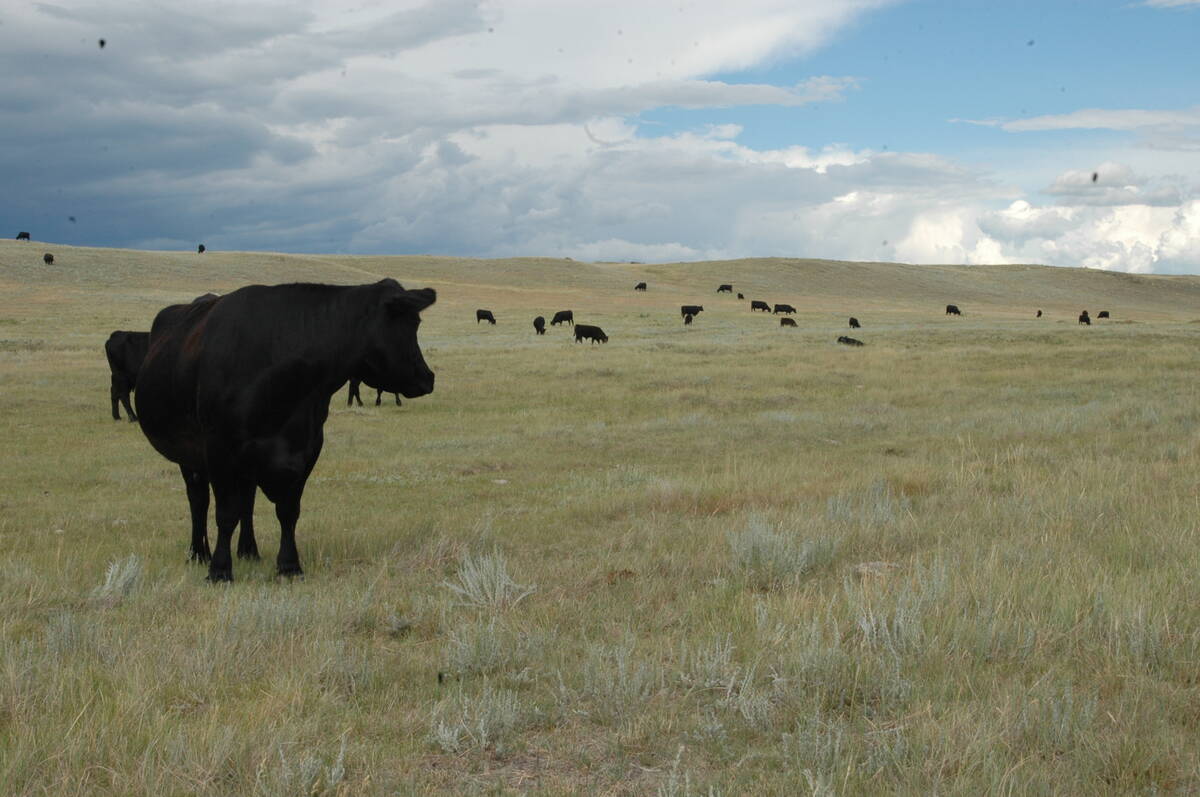It has long been recognized that livestock transportation, combined with commingling cattle, greatly increases stress, shrinkage and the incidence of the bovine respiratory disease complex.
Auction markets have responded by organizing satellite and internet sales as a way to market larger groups of cattle without them leaving the farm. This is positive for sellers and buyers: a classic win-win situation.
Selling and shipping directly eliminates one extra transportation step because the cattle move directly to the buyer.
Travel time is lessened and there is no commingling unless the buyer decides to do that on his own place with other purchased cattle.
Read Also

Saskatchewan Cattle Association struggles with lower marketings
This year’s change in the provincial checkoff has allowed the Saskatchewan Cattle Association to breathe a little easier when it comes to finances.
Shrinkage is minimized and the buyer is able to obtain a detailed description of what the cattle have received for preventive shots.
This may eliminate the need to repeat procedures such as endec-tocide implanting and vaccinations when the cattle reach their new home.
The traditional auction system sets the price with competitive bidding, but it also substantially increases shrinkage.
Shrinkage at the auction market could approach or exceed 10 percent with green cattle that have been weaned overnight.
Direct shipped cattle are often given a predetermined shrinkage calculation. A sliding grid is established, depending on the cattle’s final weight when delivered. The bottom line is keeping it fair for both sides.
There is a fair bit of redundancy in the cattle industry when it comes to vaccinating, endectocides, deworming, ear tagging, branding and im-planting.
It can be useful to have a health history that follows cattle through the system when the source is known and it is a large group.
For example, it’s nice to know the date when cattle were implanted so that the implants are not stacked. If the former implants are almost used up, then producers can start with their own implant protocol.
Taking an entire group off the farm might mean a few different coloured calves, smaller ones or ones with slight imperfections such as frozen ears, scarred eyes and warts.
However, the advantage of getting an entire group that hasn’t been commingled and has been on the same feed and herd health program far outweighs the disadvantages of these non-uniform cattle.
Besides, feedlot pens are generally full of all the colours anyway, and sorts are done closer to finishing so that the cattle that came in lighter can be fed longer.
As well, slight frost damage to ears is inconsequential.
Commingling exposes cattle to a myriad of pathogens when they are highly stressed.
Even if feedlots need to put cattle from two, three or four owners together in a pen, that is better than a multitude.
You can just imagine how many different owners sold cattle to feedlots that buy in singles and doubles. A report was done at one 5,000 to 10,000 head feedlot, where cattle were traced back to more than 2,000 owners. This is an alarming amount of commingling.
It also creates a double negative. A calf would do better with its contemporaries, plus the calf now goes into another group of like animals and is commingled with them.
Almost without exception, this is why owners who wean and feed their own cattle seldom have a lot of respiratory and health issues compared to the huge feedlots, which must buy cattle from all over, transport them over large distances, put them on strange feed and water and commingle them.
The direct ship method also helps with traceability, and large feedlots may not need to retag because pens have the owner’s tag.
As well, branding is probably minimized and it saves considerable trucking costs. The auction market still sells them but in a different way (satellite or internet) so fees are saved here as well.
Direct shipping will work if we can benefit everyone on the supply chain. Calves should have better gains, plus potentially lower morbidity and mortality.
It is the wave of the future and definitely worth pursuing.














